How does a nerve synapse work?
1 Answer
Via exocytosis of neurotransmitter and the neurotransmitter will attach to receptors located on the receiving end of the synaptic junction
Explanation:
Nerve cells make vesicles made of lipids where they package neurotransmitter.
Inside nerve cells, there are fluctuations of molecules involved in intracellular signalling (like calcium ions) that determines when the vesicle will fuse with the membrane of nerve cells located at the synapse (??which have lipid composition different than the rest of the membrane??)
The merging of the vesicles with the membrane itself is done using SNARE proteins and synaptotagmin as can be seen below. You can see the location where the Ca2+ ion on synaptotagmin.

The merging of the vesicle with lipid membrane will then release the neurotransmitter into the synapse junction.
(It is the opposite of endocytosys where subtrate that attaches to membrane (via receptor) gets engulfed into the cell to form vesicles.)
On the receiving end of the junction, there are receptor that can bond with different neurotransmitters; acetylcholine, dopamine, GABA and lots more.
There are two types of receptors; metabotropic receptor (made of G-protein coupled receptor) and ionotropic receptor. Metabotropic receptors control an intracellular signalling inside the nerve cell. Meanwhile, ionotropic receptor contribute to flow of ions into the nerve cells.
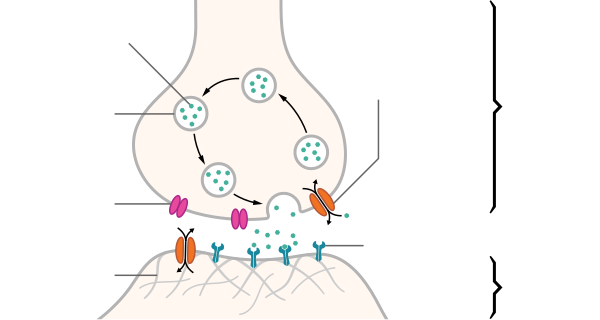
An example of metabotropic receptor is the muscarinic acetylcholine receptor. Which looks like picture below

The seven helix groups/domains are transmembrane group as can be seen in picture below.
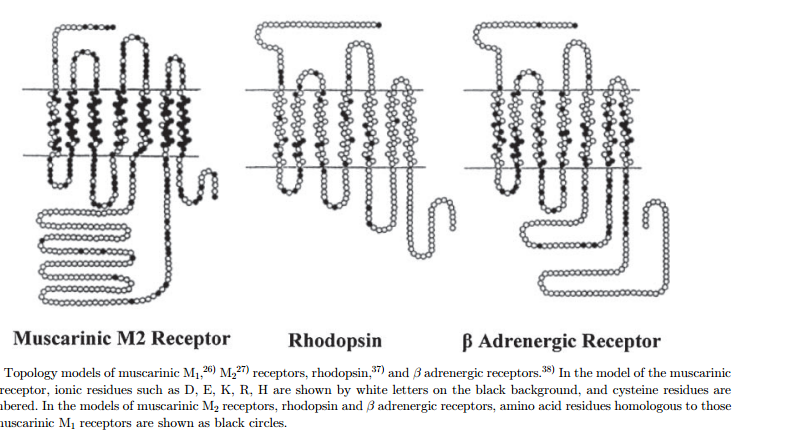
The amino acids in the receptor proteins have different functions
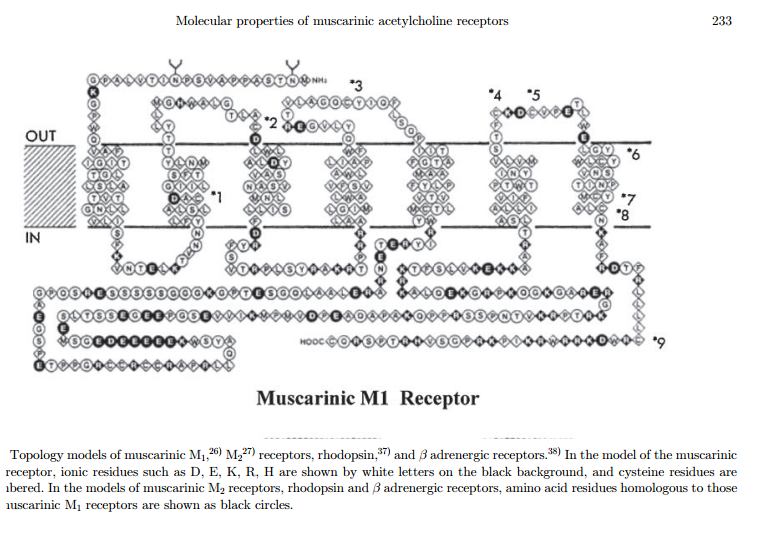
For more details on how muscarinic receptor function, read ref [4]
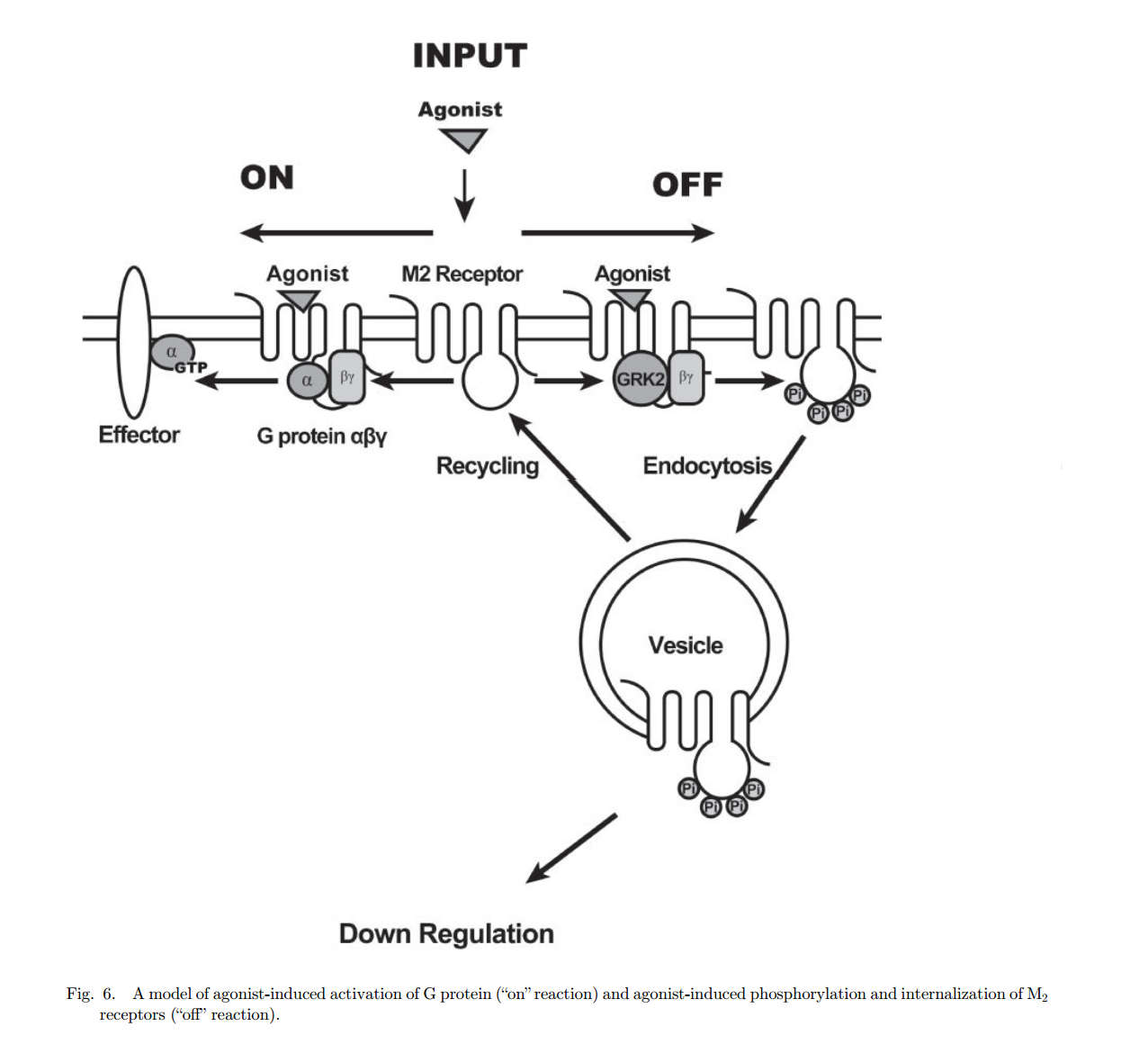
Alternatvely, you can read how any G-protein coupled receptor works. Here is an example
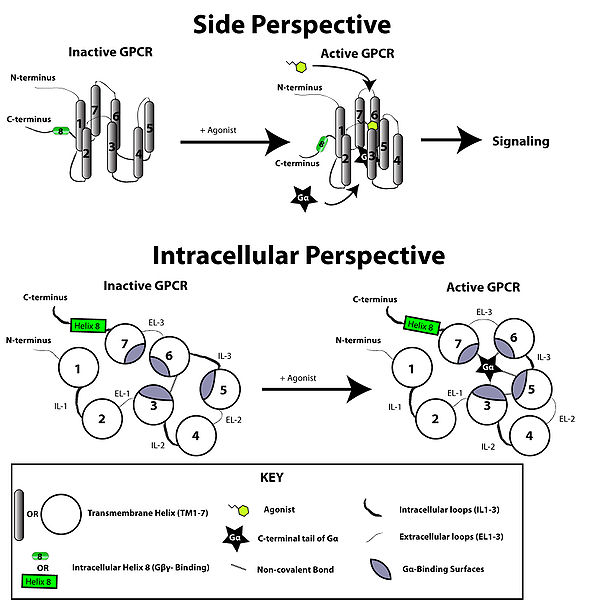
A neurotransmitter can either have an excitatory or an inhibitory

SOURCES:
[1] https://en.wikipedia.org/wiki/SNARE_(protein)
[2] https://en.wikipedia.org/wiki/Synapse
[3] https://en.wikipedia.org/wiki/Muscarinic_acetylcholine_receptor
[4] Review Molecular properties of muscarinic acetylcholine receptors By Tatsuya HAGA http://www.ncbi.nlm.nih.gov/pmc/articles/PMC3749793/pdf/pjab-89-226.pdf

